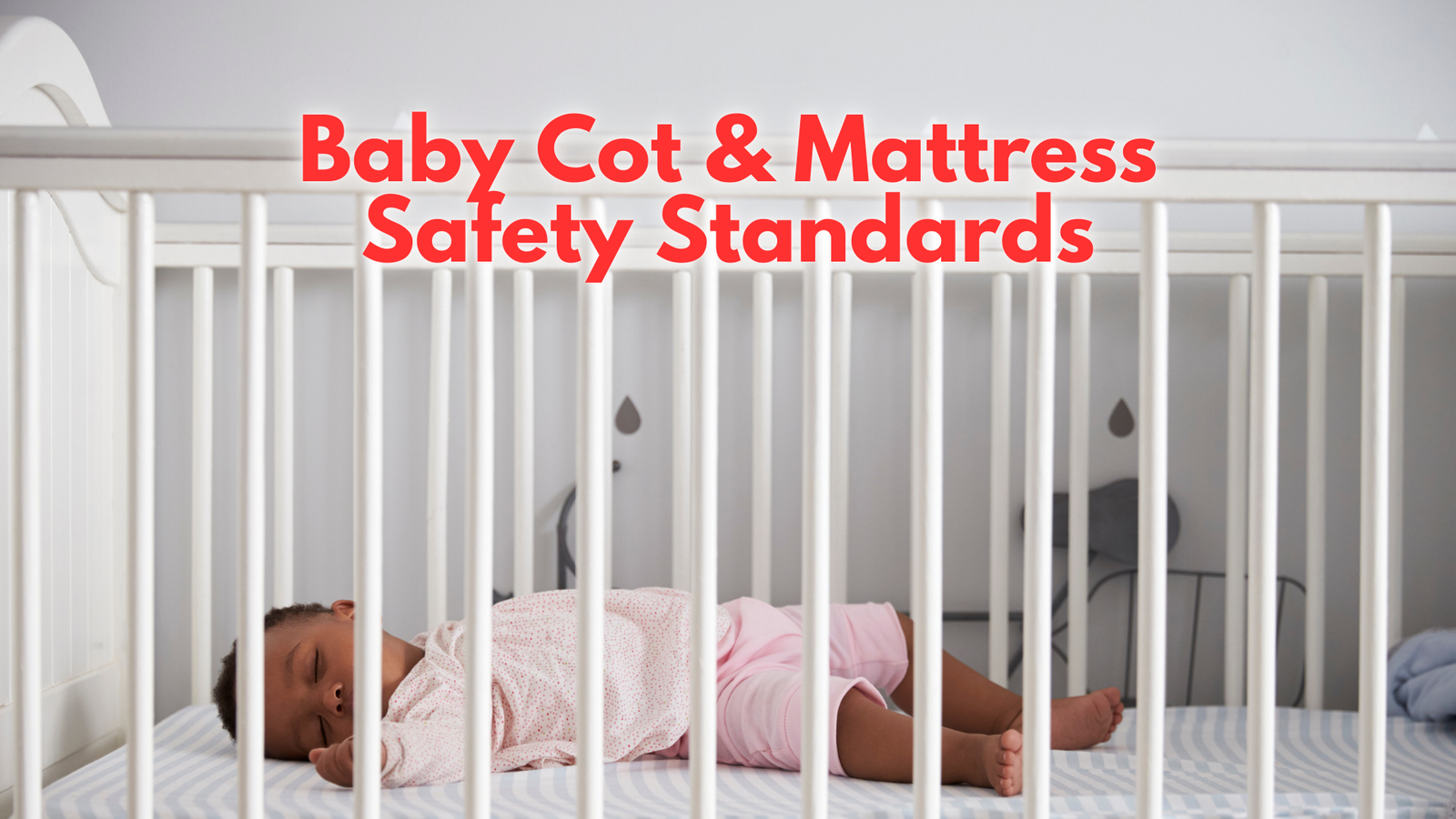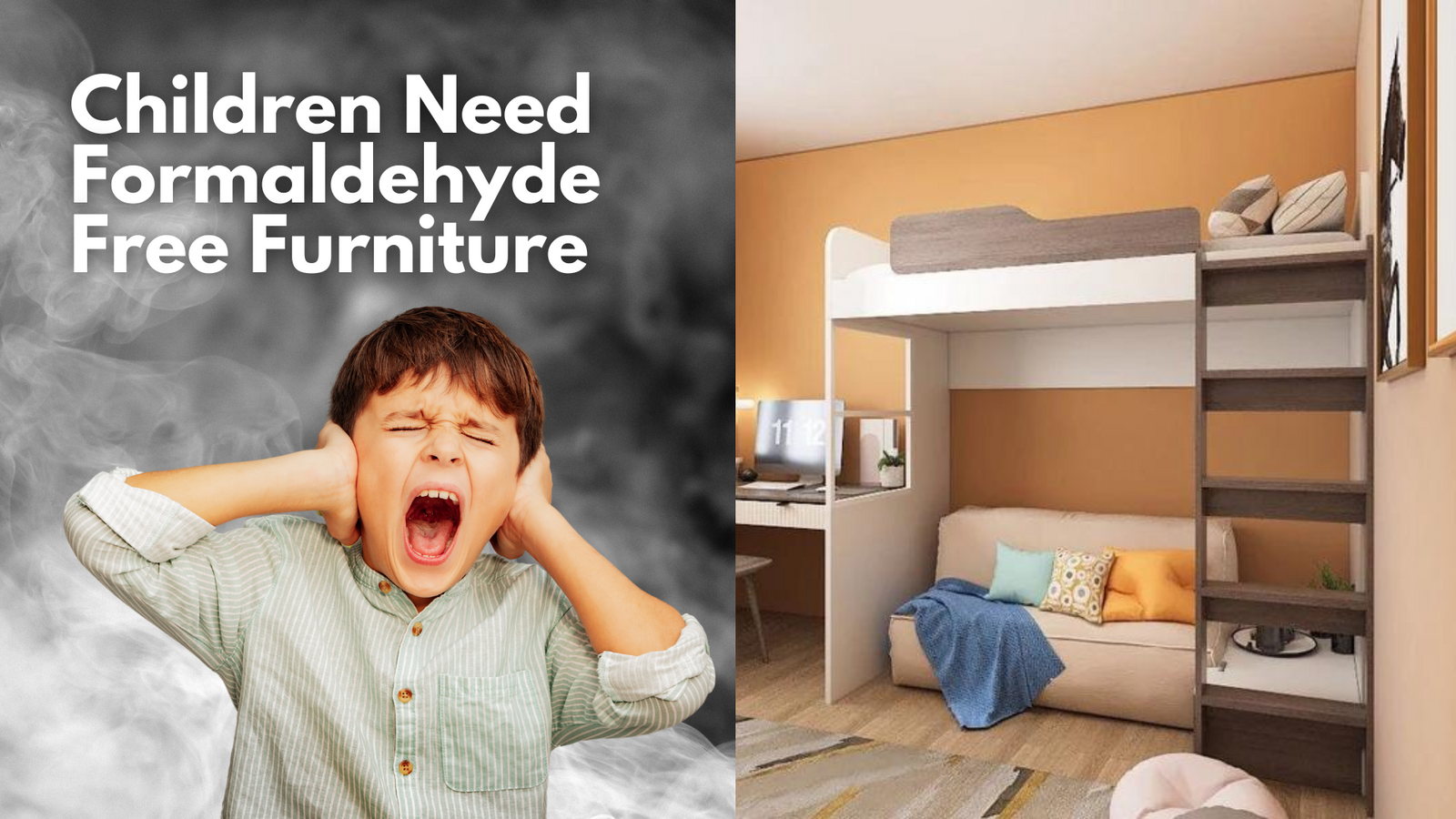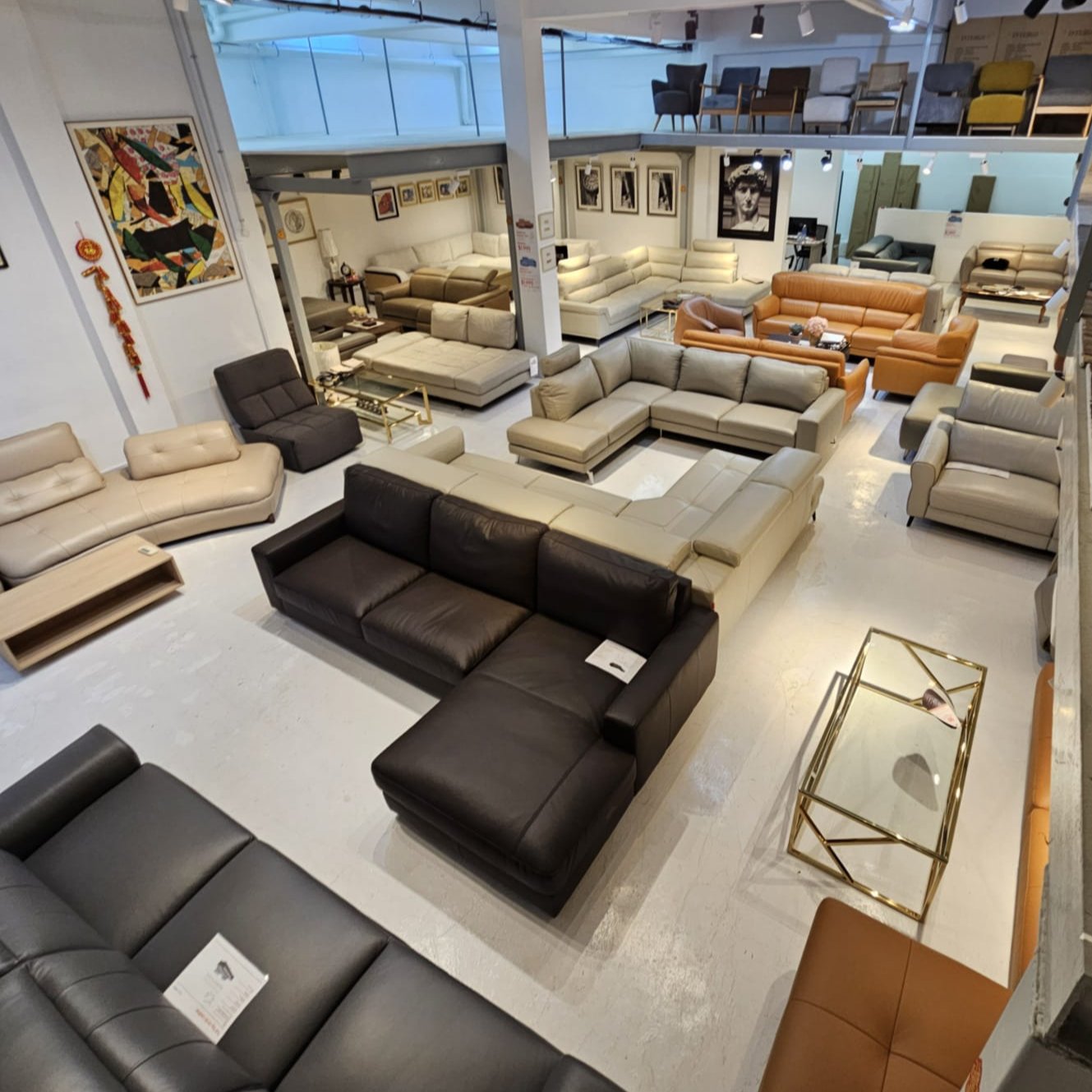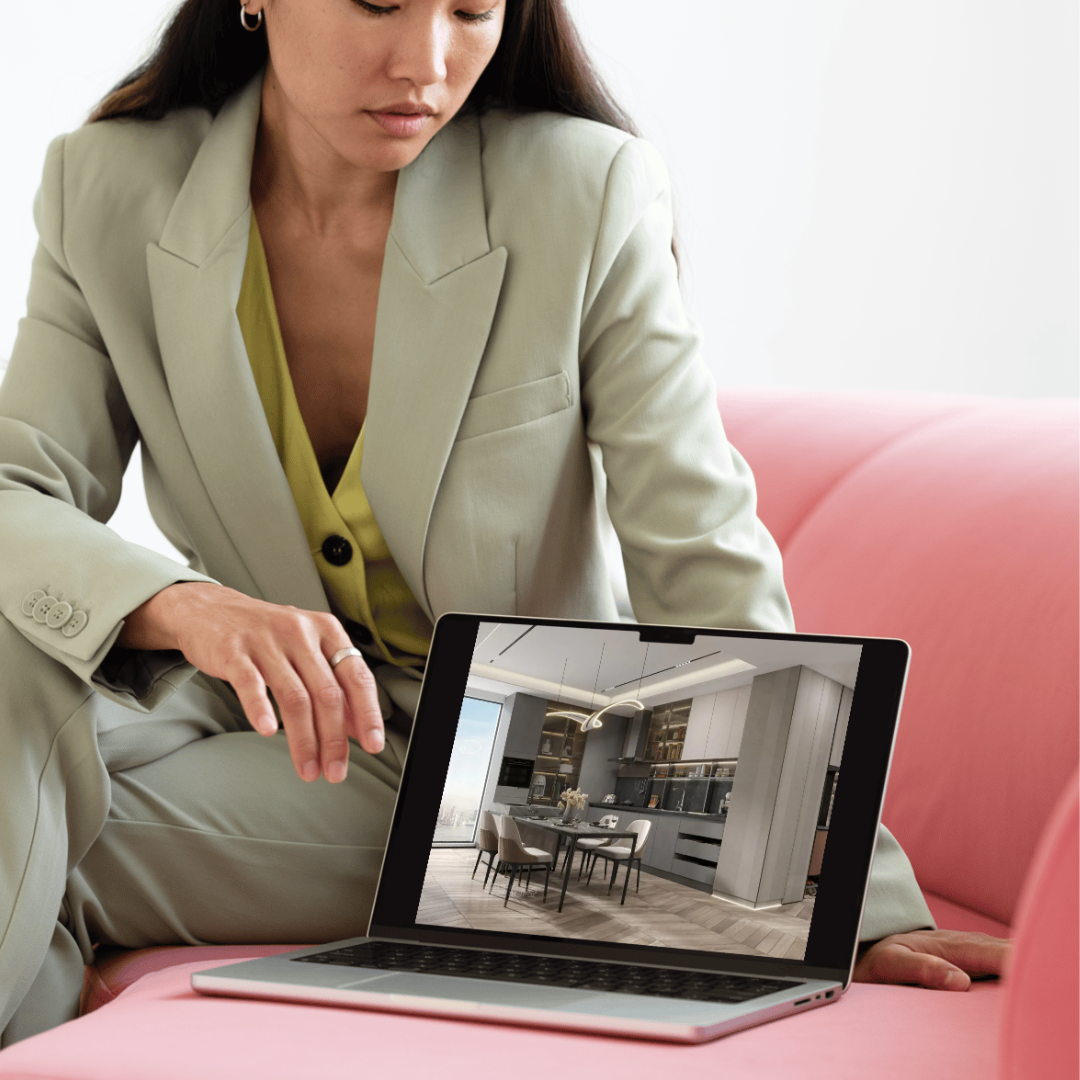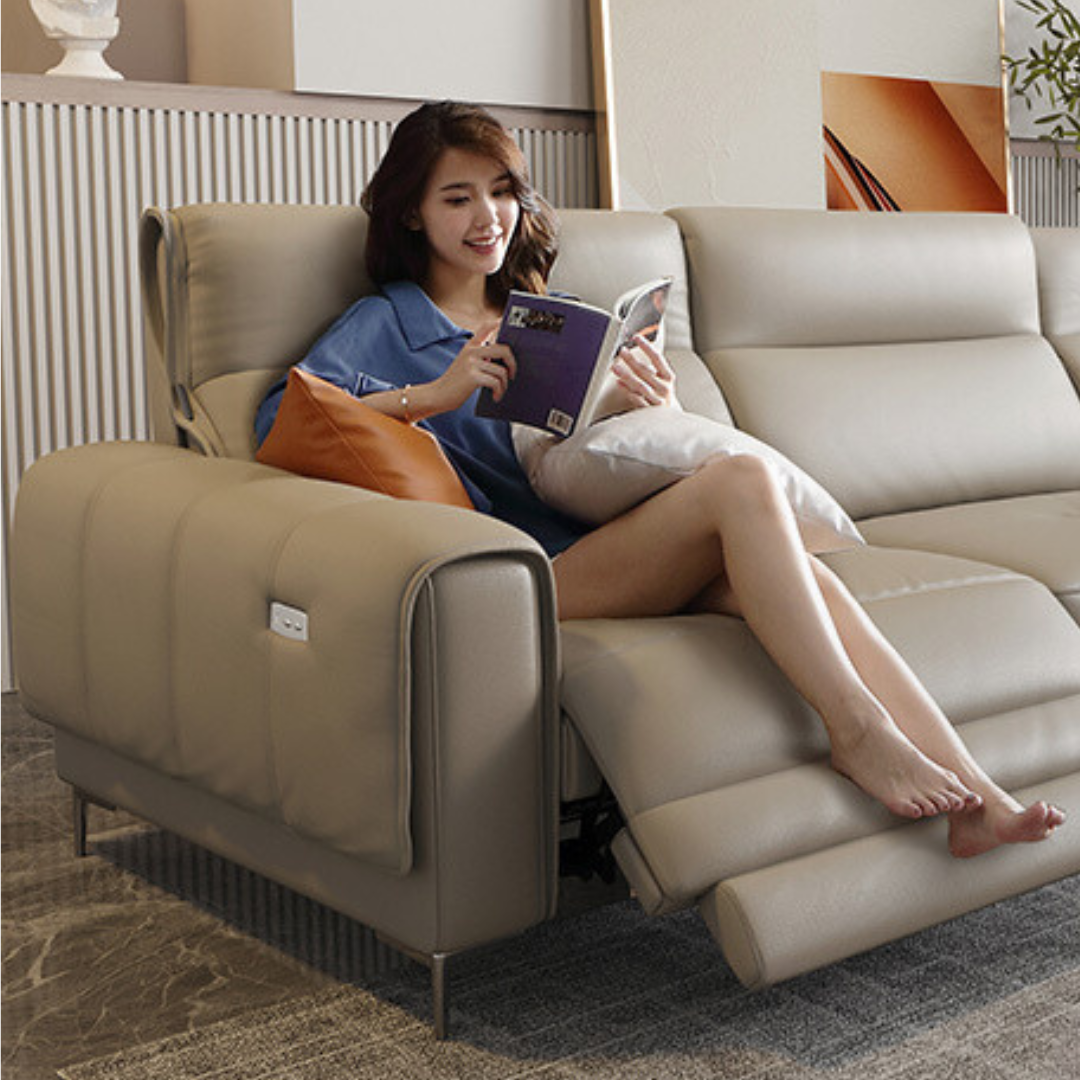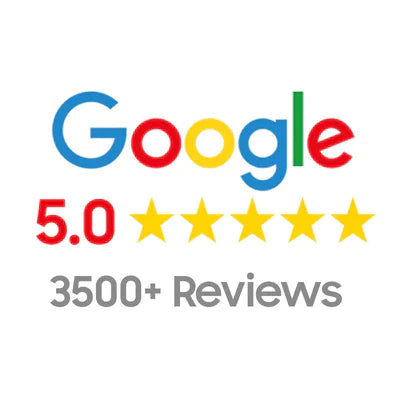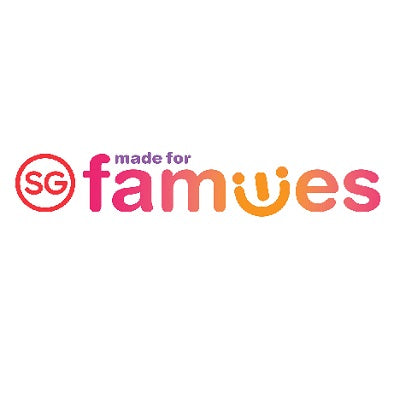The BS EN 716 standard is a key safety regulation governing baby cots and mattresses in Europe. Its primary objective is to ensure that baby cots are designed and constructed to provide a secure sleeping environment, minimizing the risks associated with entrapment, suffocation, or injury. Understanding and adhering to these standards is vital for manufacturers, retailers, and parents, as it directly impacts the safety and well-being of infants. Below are ten expanded key requirements outlined by the BS EN 716 standard.
1. Minimum and Maximum Dimensions
The BS EN 716 baby safety standard sets specific internal dimensions for baby cots to ensure that the mattress fits snugly, eliminating any hazardous gaps. For instance, the most common internal cot sizes are 60 x 120 cm and 70 x 140 cm. These dimensions are crucial because a mattress that is too small can leave dangerous gaps between the mattress and the cot frame, where an infant could get trapped. By maintaining these specific dimensions, manufacturers can ensure that their cots and mattresses work together to create a safe sleeping environment.
2. Spacing Between Slats
The baby safety standard also dictates the spacing between the slats on the sides of the cot, which must be between 25 mm and 60 mm. This range is carefully calculated to prevent babies from getting their heads stuck between the bars, while also ensuring that their arms and legs cannot easily pass through the gaps. Proper slat spacing is essential for preventing injuries and ensuring that the baby remains safely contained within the cot.
3. Height of Cot Sides
One of the critical baby safety standard aspects covered by BS EN 716 is the height of the cot sides. The standard requires that the distance from the top of the mattress to the top of the cot sides must be at least 60 cm when the mattress is in its lowest position. This height prevents toddlers from climbing out of the cot, reducing the risk of falls and injuries. The standard also requires adjustable mattress positions to accommodate the child’s growth and developmental stages. At the highest sleep position the rail height to the mattress must be 30cm or more.
4. Corner Posts and Protrusions
The BS EN 716 standard mandates that there should be no corner posts or protrusions exceeding 8 mm on the cot. This requirement addresses the risk of clothing or other items becoming caught on the posts, which could lead to strangulation or other serious injuries. By ensuring that all parts of the cot are flush and free of sharp edges or projections, the standard helps to create a safer environment for the baby.
5. Secure Mattress Fit
A securely fitting mattress is another essential requirement under baby safety standard BS EN 716. The standard specifies that there should be no more than a 30 mm gap between the mattress and the cot frame. This tight fit is necessary to prevent the baby from becoming trapped in any gaps, which could lead to suffocation or other injuries. The secure fit of the mattress also helps to keep the baby in a safe sleeping position throughout the night.
6. Stability
The stability of the cot is a critical factor in ensuring the safety of a baby. According to BS EN 716, cots must be stable enough to resist tipping over, even when subjected to force. This is particularly important as babies become more active and may start moving around within the cot. Stability tests are conducted to ensure that the cot remains upright and secure, even when a child pushes against the sides or when the cot is jostled.
7. Strength and Durability
Strength and durability are essential characteristics of any baby cot. BS EN 716 safety standard requires cots to be made from materials that can withstand regular use without breaking, bending, or becoming deformed. This requirement ensures that the cot remains safe and functional over time, even with the daily wear and tear that comes with an active baby. The standard also requires that all parts of the cot, including the mattress support and side panels, maintain their integrity throughout their use.
8. Safe Locking Mechanisms
For cots with drop sides or other adjustable features, the BS EN 716 standard specifies that these mechanisms must be securely locked to prevent accidental release. A poorly secured drop side could collapse unexpectedly, causing injury to the baby. The standard requires that any moving parts are designed to stay in place unless deliberately released by an adult, thus preventing accidents caused by an unsecured cot side.
9. Ventilation
Adequate ventilation is a crucial consideration in cot and mattress design. The BS EN 716 standard ensures that mattresses used in cots promote air circulation, reducing the risk of overheating or suffocation. This can be achieved through the use of breathable materials or specific design features that allow air to flow freely around the mattress. Proper ventilation helps to maintain a safe and comfortable sleeping environment for the baby, especially in warmer climates.
10. Non-Toxic Materials
Finally, the BS EN 716 standard stipulates that all materials used in the manufacture of cots and mattresses must be non-toxic. This includes the use of safe, child-friendly paints, finishes, and adhesives that do not emit harmful chemicals. Ensuring that the cot is free from toxic substances is vital for protecting the baby’s health, as young children are particularly vulnerable to the effects of exposure to hazardous materials.
Conclusion
The BS EN 716 standard is comprehensive in its approach to ensuring the safety of baby cots and mattresses. By setting rigorous requirements for dimensions, material safety, structural integrity, and other factors, the standard plays a crucial role in reducing the risks associated with infant sleep environments. Parents, manufacturers, and retailers alike must prioritize adherence to these standards to ensure that every baby has a safe and secure place to sleep.
Recommended Links
- Baby Cot Collection
- Toddler Bed Collection
- Baby&Kids Articles.
- Top Ten Baby Cot Dangers: Ensuring a Safe Sleep Environment for Your Little One.
- The 10 Best Baby Cot Features For Singapore.
- Baby Cot Mattresses.
- Baby Cot Mattresses Waterproof Bedsheets.
- Baby Cot Bedding.
Follow our facebook page for the latest deals.

